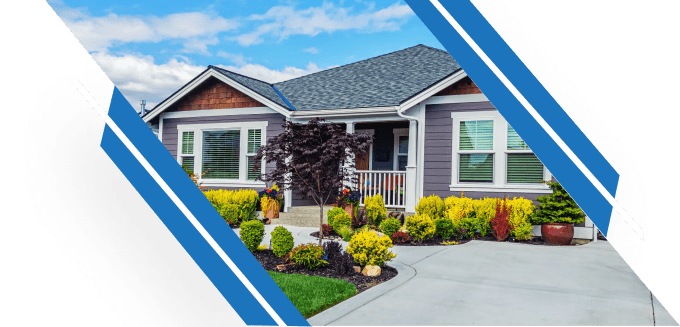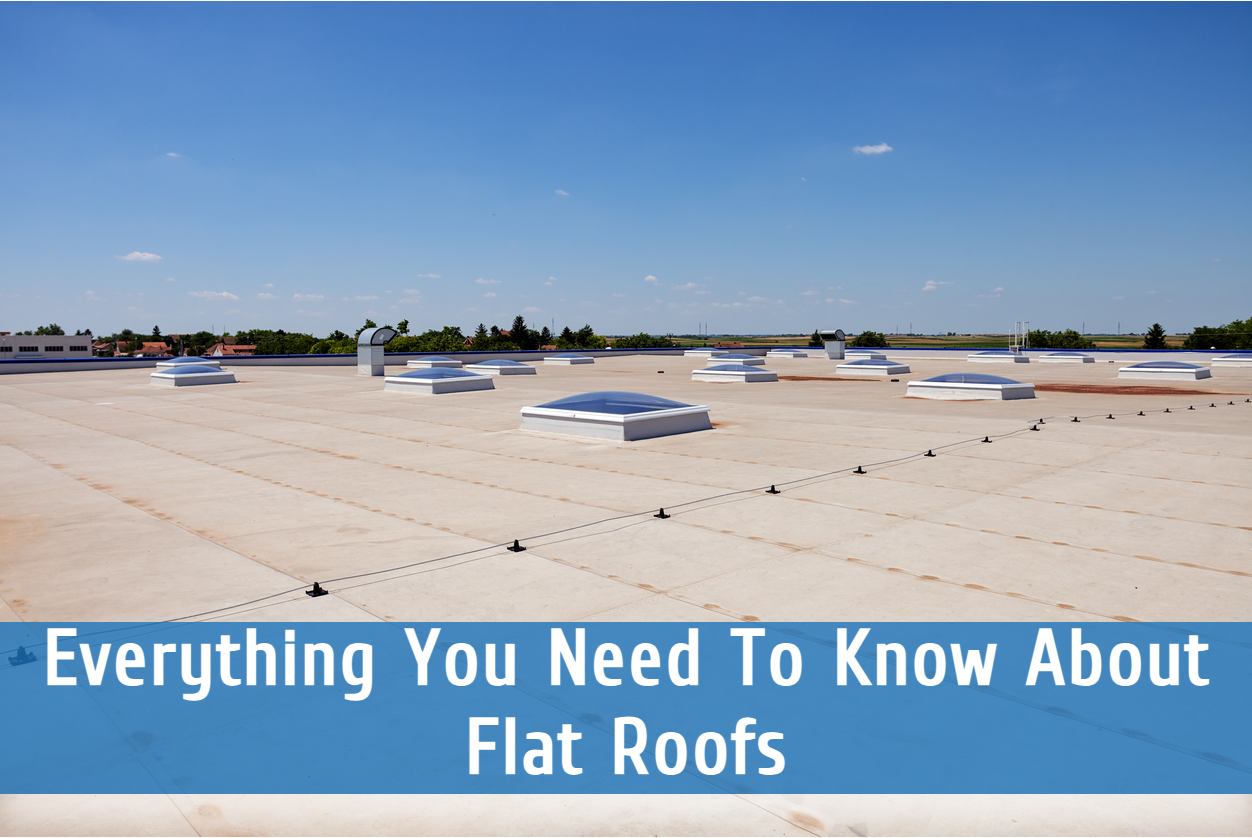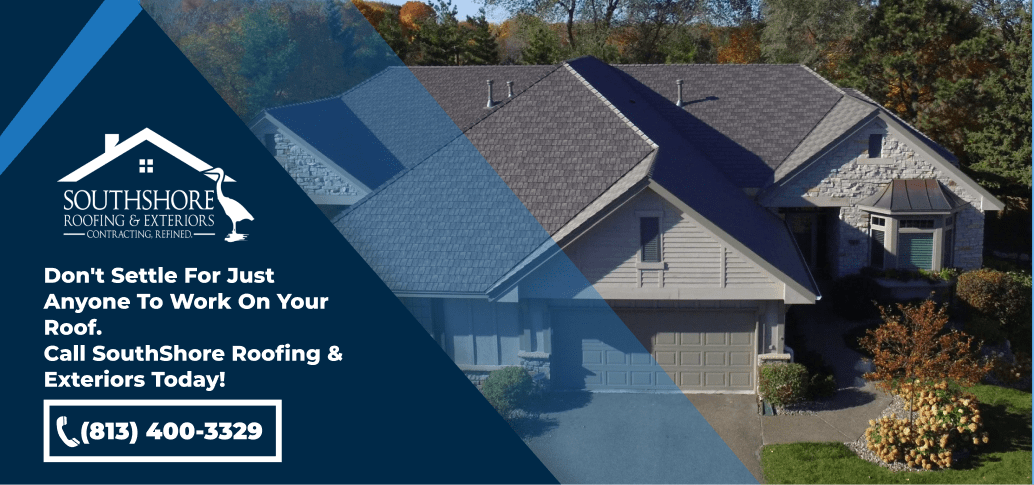Flat roofs are a popular choice for commercial and residential properties alike. They are relatively easy to install and maintain, and they can provide a stylish and durable roof for your home or business. However, not all flat roofing materials are created equal. In this article, we will discuss the best roofing materials for flat roofs. We will also provide information on the cost of each material, the installation process, and how to repair your flat roof.
What are Flat Roofs?
Though more commonly found on commercial buildings, flat roofs have gained popularity for residential buildings due to their durability, cost-effectiveness, and low maintenance requirements. These roofs are characterized by their nearly horizontal surface, which sets them apart from sloped or pitched roofs commonly seen on homes. Along with their simple design and straightforward installation, flat roofs also provide extra usable space for rooftop gardens or HVAC installations.
However, they also come with drawbacks, including the potential for water pooling and drainage issues, increased susceptibility to leaks, and a shorter lifespan compared to sloped roofs if not properly maintained. Proper material selection, regular maintenance, and professional installation are crucial in mitigating these drawbacks and ensuring the longevity and functionality of flat roofs.
Flat Roof Materials: A Guide to the Different Types
There are many different types of flat roofing materials available, each with its own advantages and disadvantages. In this section, we will discuss the different types of flat roofing materials, so that you can make an informed decision about which material is right for your project.
EPDM
An EPDM membrane is a rubberized roofing material that is made from ethylene propylene diene monomer. EPDM is very durable and long-lasting, and is one of the most popular flat roofing materials on the market. This option is relatively easy to install and maintain, making it a great choice for property owners looking for a low-maintenance roofing material.
TPO
TPO is a flat roofing material that is made from polypropylene and polyethylene. A TPO membrane is energy efficient and resistant to UV damage due to its white color. It is is relatively easy to install and maintain, but may need to be cleaned more often than some other options to maintain a pristine appearance.
PVC
PVC is a polyvinyl chloride roofing material that is made from a plastic resin. PVC is a single-ply roofing membrane, similar to TPO, and is resistant to strong winds and fire. But, it may be more susceptible to punctures and damage due to foot traffic compared to EPDM or TPO.
Metal Roofs
Metal roofs are made from metal sheets. Metal roofing panels are a strong and resilient option, and they are also fire-resistant. However, a metal roof can be more expensive than other types of flat roofing materials.
Which Flat Roofing Material is Right for You?
The best flat roofing material for you will depend on your specific needs and budget. If you are looking for an affordable and easy to install material, TPO, or PVC are good options. If you are looking for a durable and long-lasting material, metal roofs are a great choice.
Tips for Choosing the Right Flat Roof Material
There are many different types of flat roof materials available, each with its own unique advantages and disadvantages. The best material for your home will depend on a variety of factors, including your budget, the climate in your area, and the type of roof structure you have.
Here are some of the factors you should consider when choosing a flat roof material:
- Budget: The cost of flat roof materials can vary significantly, so it’s important to set a budget before you start shopping.
- Climate: The climate in your area will have a big impact on the type of flat roof material you choose. For example, if you live in an area with constant sun, opting for TPO is a smart decision due to its reflective properties.
- Roof structure: The type of roof structure you have will also affect the type of flat roof material you can use.
- Energy efficiency: If sustainability and energy efficiency are your top priorities, make sure to choose a material that aligns with your goals and building needs.
- Lifespan: All materials have varying lifespans, so it’s important to thoroughly research your choice to make sure it will last.
Ultimately, the best flat roof material for your property will depend on your specific needs and budget. By considering all of the factors discussed above, you can make an informed decision about which material is right for you.
How Much Does a Flat Roof Cost?
The cost of a flat roof can vary depending on a number of factors, including the size of the roof, the type of material used, and the complexity of the installation. In general, flat roofs cost between $3 and $13 per square foot for both materials and labor. However, some roofs can cost as much as $15 per square foot.
Here are some of the factors that can affect the cost of a flat roof:
- Size of the roof: The larger the roof, the more expensive it will be to install.
- Type of material: The type of material used for the roof will also affect the cost. As mentioned above, each material comes with varying price points.
- Repairs to the existing structure: If damage to the roof structure is discovered during the initial inspection, it will need to be addressed before the new roof can be installed.
- Complexity of the installation: The more complex the installation, the more expensive it will be. This includes roofs with multiple slopes, roofs with skylights or other features, and roofs that are difficult to access.
- Labor rates: Contractors charge hourly for their services, and how much that costs depends on their experience, the demand for their work, and the local cost of living.
- Disposal of old materials: For roof replacements, the old materials will need to be removed and disposed of before the new installation can begin. This process may include renting a dumpster and paying the contractor for extra labor.
- Permits: In some cases, permits are required for a roof replacement. The cost of permits varies based on your location and the size of the project.
If you are considering a flat roof for your home, it is important to get multiple quotes from different contractors. This will help you get an accurate estimate of the cost of the project.
How to Install a Flat Roof
Installing a flat roof is a complex process that requires careful planning and execution. The following steps will walk you through the general process of installing a flat roof:
- Choose the right roofing material for your climate and budget.
- Prepare the roof deck by removing any existing roofing material and repairing any damage.
- Install a moisture barrier to protect the roof deck from water damage.
- Install the roofing material according to the manufacturer’s instructions.
- Add flashing around all penetrations on the roof, such as vents, chimneys, and skylights.
- Install a roof drainage system to prevent water from pooling on the roof.
- Inspect the roof regularly for damage and make repairs as needed.
It is never recommended to install a flat roof yourself, even if you have experience with home renovations. Professional roofing contractors have the expertise and tools to ensure a seamless and efficient installation.
How to Repair a Flat Roof
Flat roofs are susceptible to a variety of problems, including leaks, cracks, and water damage. If you notice any damage to your flat roof, it is important to repair it as soon as possible to prevent further damage.
Here are the steps on how to repair a flat roof:
- Identify the cause of the damage.
- Gather the right materials and tools, including safety gear like non-slip shoes and a hard hat.
- Prepare the roof by clearing any debris and cleaning the surface with a suitable solution.
- Make the repair following the provided instructions.
- Test the area to make sure it is properly sealed.
- Clean up any left over materials.
For more permanent solutions, you should work with a roofing contractor rather than attempting DIY repairs. And if you’re in need of flat roofing services in Tampa, FL, we are here to help.
Best Tampa Roofing Contractor: SouthShore Roofing & Exteriors
If you are looking for a Tampa roofing contractor to install or repair your flat roof, you have come to the right place. At SouthShore Roofing & Exteriors, we offer a wide range of roofing services for flat roofs, including:
- Installation of new flat roofs
- Repair of existing flat roofs
- Maintenance of flat roofs
- Removal of old flat roofs
- Flat roof inspections
We are a fully licensed and insured roofing contractor with extensive experience installing, repairing, and maintaining flat roofs. We have a team of experienced and qualified roofers who are committed to providing our customers with the highest quality of service.
We understand that choosing a roofing contractor is an important decision, and we are here to help you make the right choice. We will work with you to assess your needs and budget, and we will recommend the best roofing solution for your property. We are also happy to provide you with a free estimate and consultation. Contact us today at (813) 400-3329 to learn more about our services.




